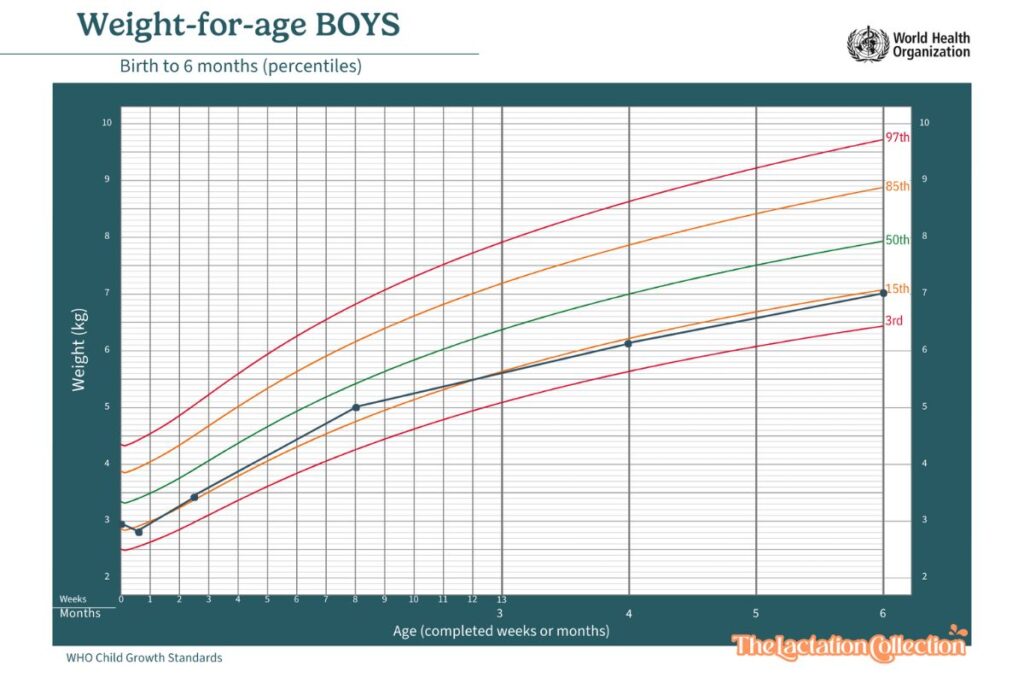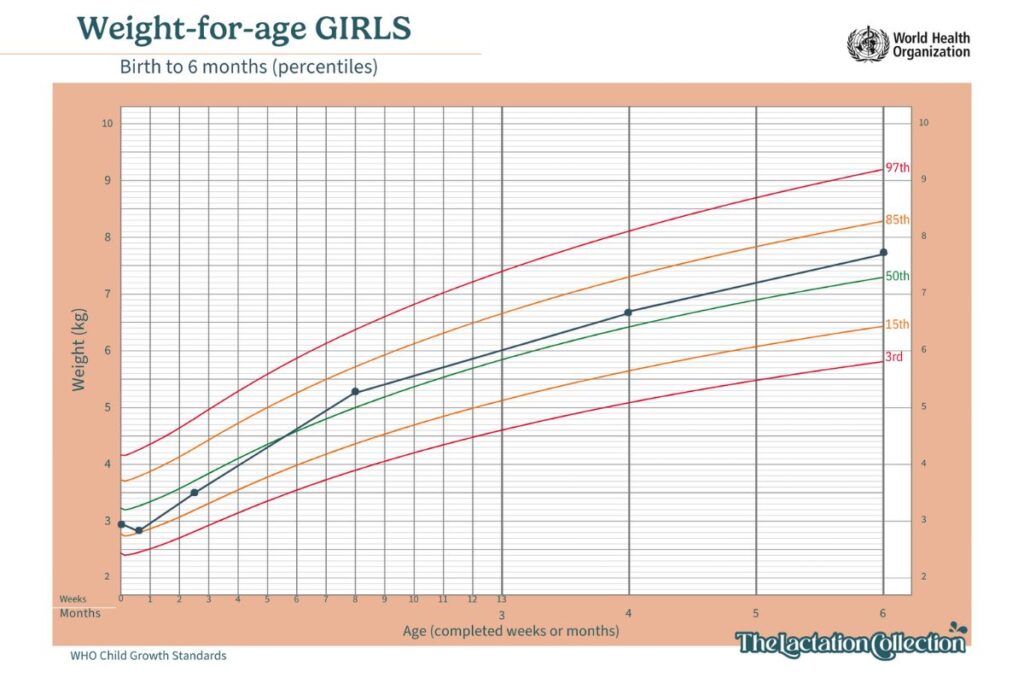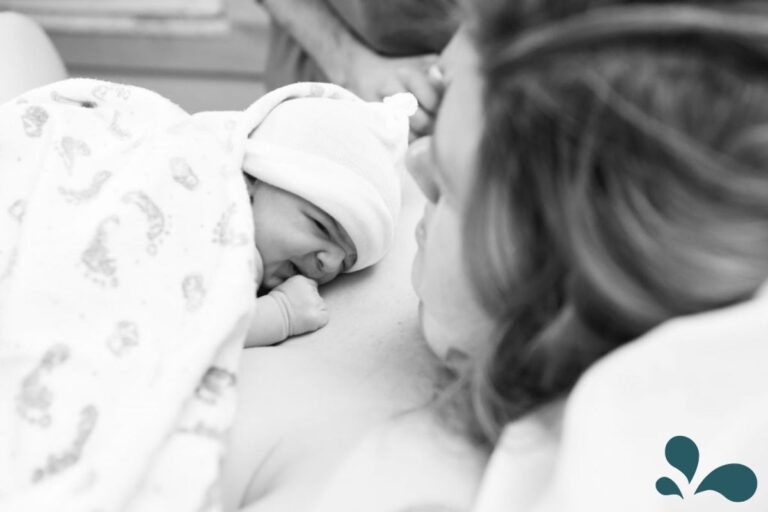One of the first things we do right after our baby is born is baby’s measurements: height, weight, head, and percentile. As parents, we want our kids to be healthy, we compare, and we cling to these measurements frequently as an end-all-be-all of health. However, while these metrics are helpful, they aren’t something that we need to be comparing. All babies are different and grow differently. As difficult as it is, don’t compare your baby to other children, including their siblings.

In 2006 the World Health Organization (WHO) released growth charts that are a better representation of breastfed babies. The American Academy of Pediatrics (AAP) stated, “Infant growth should be monitored with the World Health Organization (WHO) Growth Curve Standards to avoid mislabeling infants as underweight or failing to thrive.” This curve, simply put, compares and projects your baby’s growth to only your baby. It focuses on consistent growth rather than comparison to other children.
There are other growth factors to note. Breastfed babies tend to gain more weight in the first three months of life and typically display slower growth from 3–12 months of life than formula-fed infants. Additionally, girls and boys have separate growth charts. These facts further the argument that we cannot compare babies’ sizes.
What do the percentages mean on a growth chart?
Let’s talk about what percentages mean on a growth chart.
- The 50th percentile means that 50% of babies the same age weigh more and 50% weigh less.
- The 10th percentile means that 90% of babies the same age weigh more (it doesn’t mean that your baby is too small and should be bigger).
- A baby in the 5th percentile can be just as healthy as a baby in the 95th percentile.
Doctors look for general consistency in babies’ growth. It is normal to have some ups and downs.

What should I look for with growth?
When baby is born, they are weighed shortly after birth. Within the first couple of days of life, it is normal for baby to lose about 7–10% of their birth weight.
It then takes baby some time to gain that weight back. We like to see baby back to his or her birth weight around two weeks of age.
Read about newborn weight loss in “Newborn Weight Loss: What to Expect“
Average Weight Gain by Age
| Baby’s Age | Average Weight Gain |
| 0–4 months | 5.5–8.5 ounces per week |
| 4–6 months | 3.25–4.5 ounces per week |
| 6–12 months | 1.75–2.75 ounces per week |
Typically, breastfed babies double their birth weight by the age of 3–4 months. By age one, the average breastfed baby weighs 2.5–3 times the birth weight.
To learn more about baby weight gain in the first year and to see other readers’ baby weights, read “Understanding Your Baby’s Weight Gain in the First Year.“
My Personal Experience
I came to find that you can’t compare children when I had boy/girl twins, and they grew completely different from each other. My daughter grew more quickly and was a “chunky baby,” while my son started off looking chunky and quickly thinned out and stayed that way. She was regularly in the 70th percentile, and my son was regularly in the 11th percentile.
They both drank the same breastmilk, exclusively, for six months, and then the same foods after that. They breastfed for the same amount of time, and I switched breasts each feeding.
I concluded personally what I know professionally: it is normal for children to grow at their own rate.
Below are images of the twins’ growth charts:


As always, We hope you found this post informative and encouraging. We’re here for you if you have any questions.








